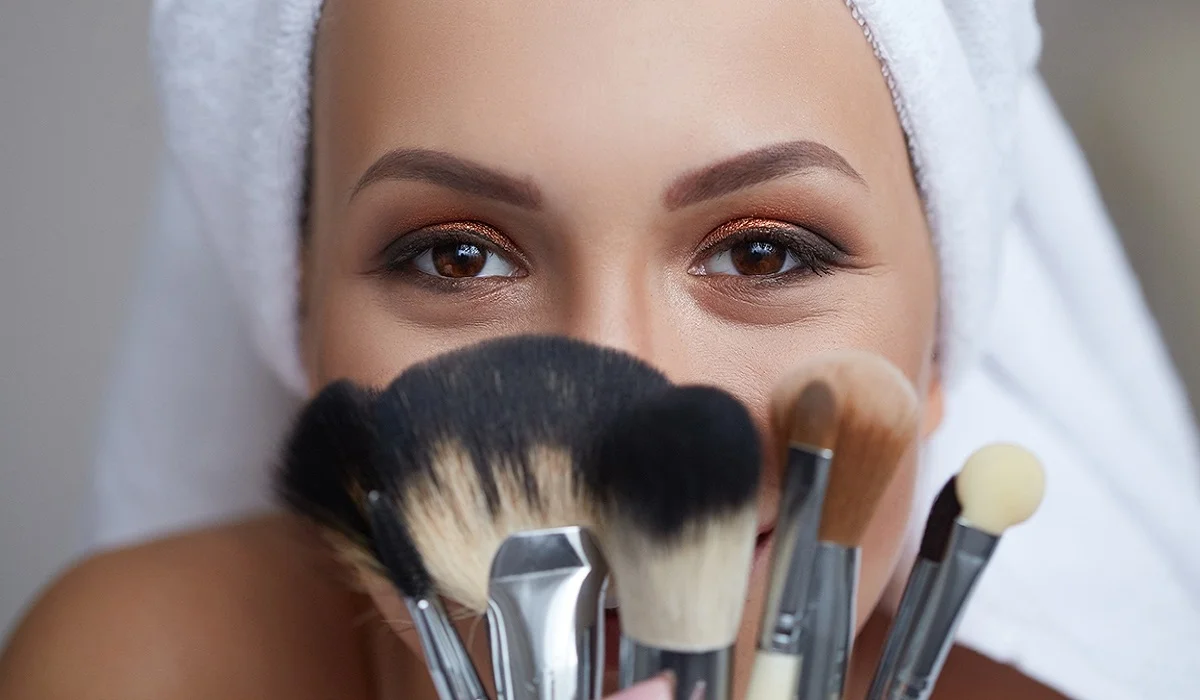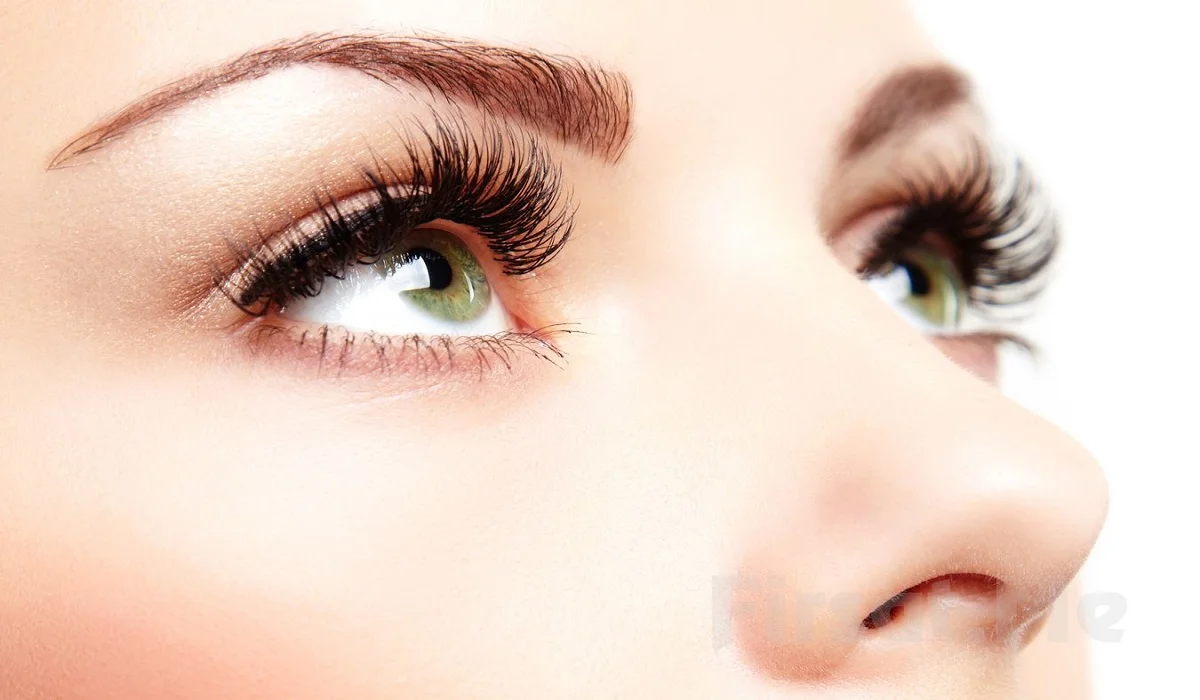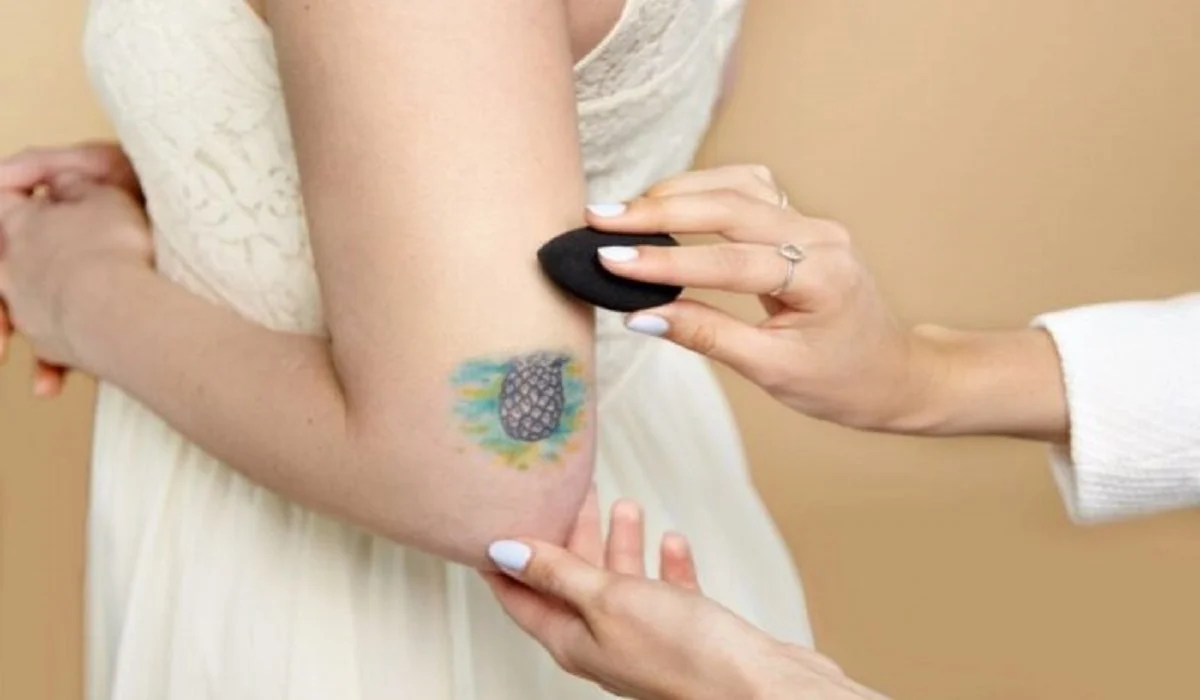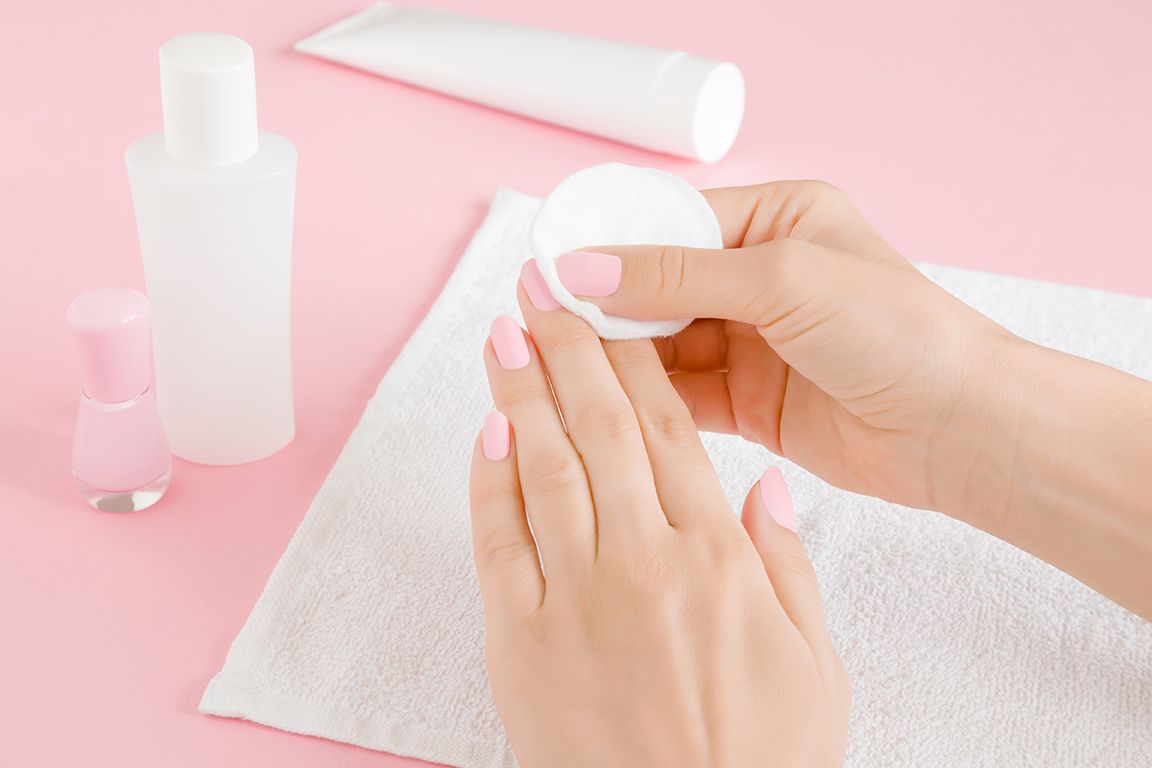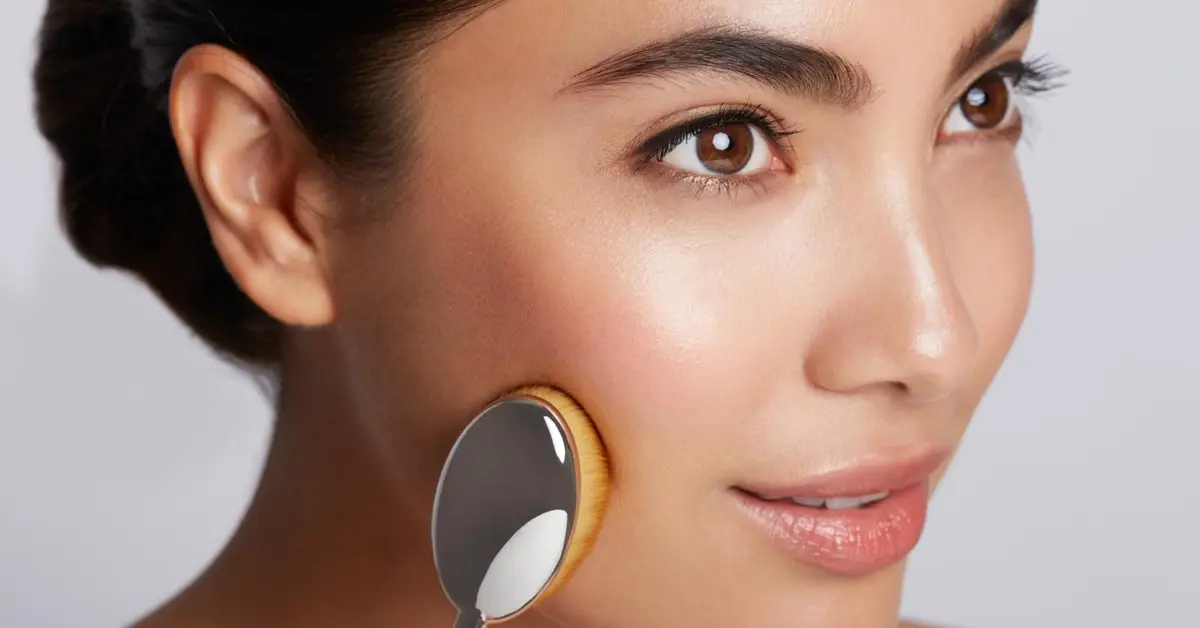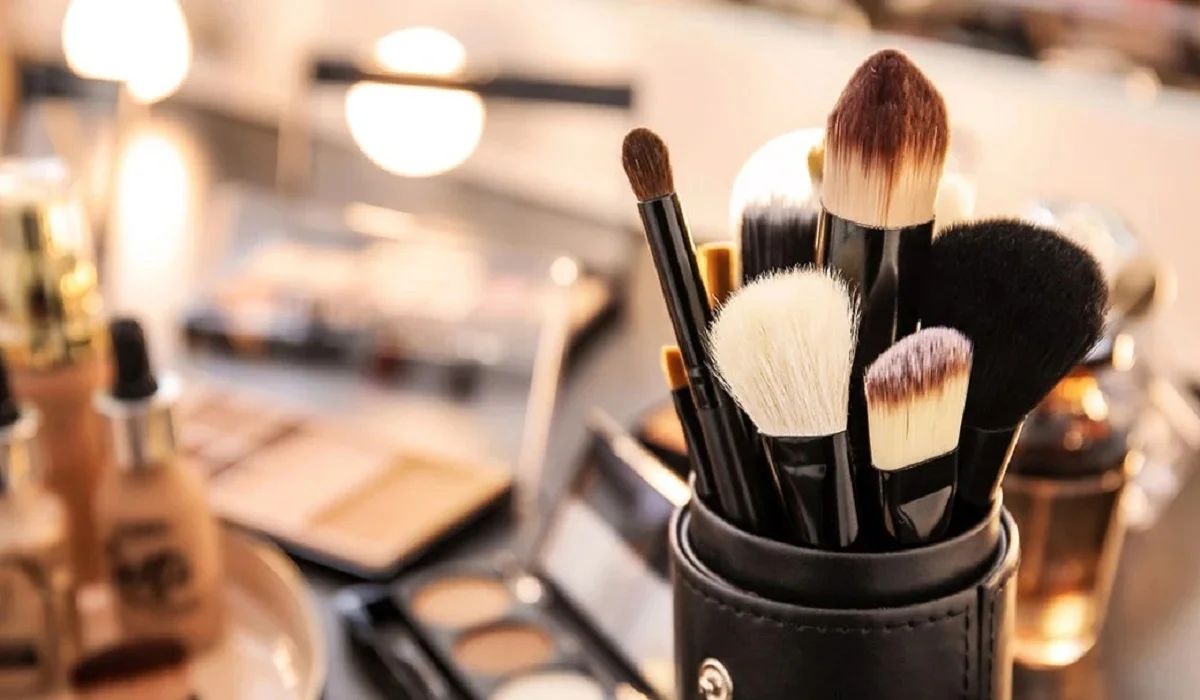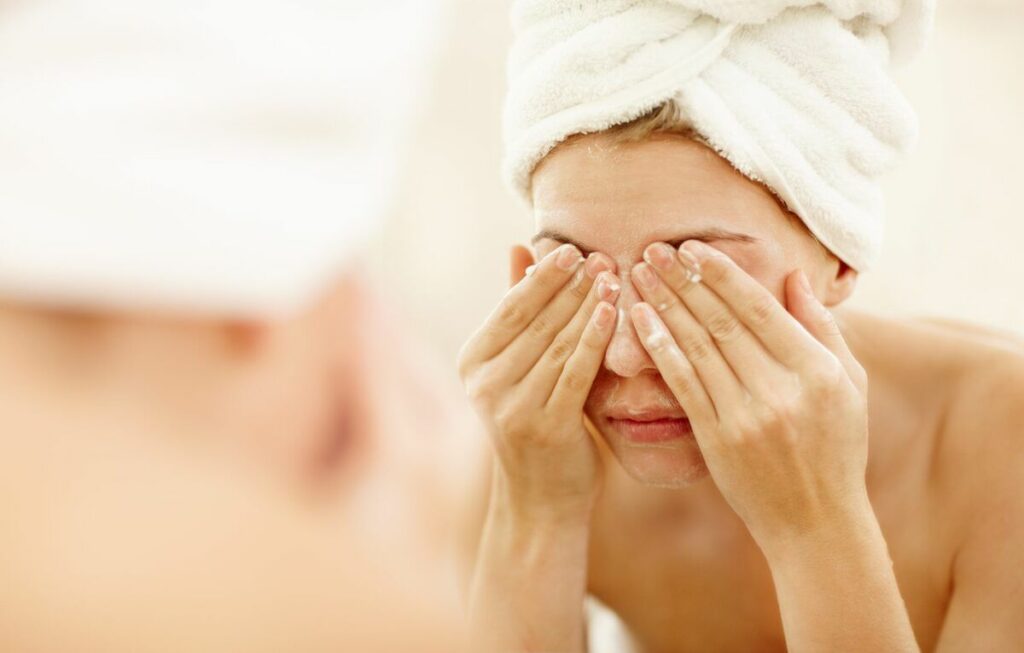
Facial bloating can be a frustrating and uncomfortable experience that affects our appearance and self-confidence. It is often caused by factors such as water retention, poor digestion, inflammation, or certain lifestyle habits. Fortunately, there are simple and effective ways to alleviate facial bloating and restore a more contoured and refreshed appearance. In this article, we will explore various techniques and lifestyle adjustments that can help reduce facial bloating and promote a healthier, more balanced complexion.
Stay Hydrated:
Contrary to popular belief, drinking an adequate amount of water can actually help reduce facial bloating. Proper hydration helps to flush out toxins, maintain optimal fluid balance, and prevent water retention. Aim to drink at least 8 glasses of water per day and include hydrating foods like cucumbers, watermelon, and citrus fruits in your diet.
Limit Sodium Intake:
Excessive sodium consumption can contribute to water retention and facial bloating. Avoid highly processed and salty foods, and opt for fresh, whole foods instead. Cooking at home allows you to control the amount of salt in your meals. Incorporate herbs and spices to enhance flavor without relying on excessive salt.
Follow a Balanced Diet:
A healthy, balanced diet plays a vital role in reducing facial bloating. Incorporate plenty of fresh fruits, vegetables, whole grains, and lean proteins into your meals. These nutrient-dense foods provide essential vitamins and minerals while supporting healthy digestion and reducing inflammation.
Minimize Alcohol and Caffeine:
Alcohol and caffeine can dehydrate the body and lead to facial bloating. Limit your consumption of alcohol and opt for non-alcoholic beverages whenever possible. Reduce your intake of caffeinated drinks like coffee and tea, or consider switching to herbal teas that have anti-inflammatory properties.
Practice Facial Massage:
Gentle facial massage can stimulate lymphatic drainage and reduce fluid retention, helping to relieve facial bloating. Use your fingertips to apply light pressure in circular motions, starting from the center of your face and moving outward. Focus on areas prone to bloating, such as the cheeks, jawline, and under-eye area.
Apply a Cool Compress:
A cool compress can help constrict blood vessels and reduce facial puffiness. Place a clean washcloth soaked in cold water or chilled cucumber slices on your face for a few minutes. The cool temperature will help reduce inflammation and promote a more refreshed appearance.
Reduce Stress:
Stress can contribute to facial bloating by triggering hormonal imbalances and affecting digestion. Practice stress-management techniques like deep breathing exercises, meditation, or engaging in activities that help you relax. Prioritize self-care and get enough sleep to support overall well-being and reduce facial puffiness.
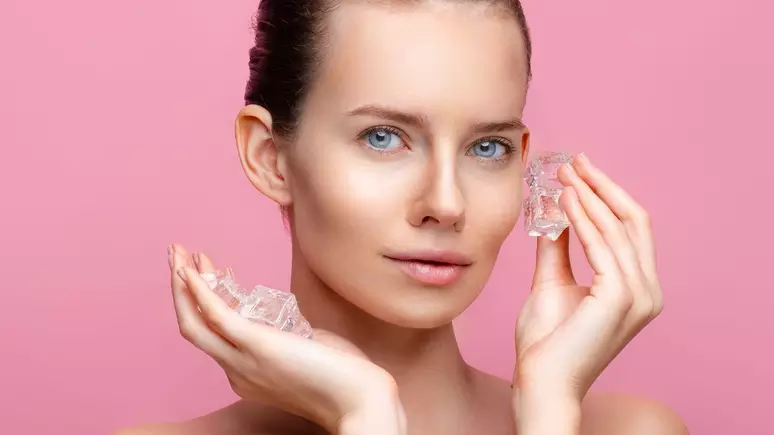
Avoid Chewing Gum:
Chewing gum can lead to swallowing air, which can contribute to facial bloating. Opt for mints or natural breath fresheners instead. If you need to chew gum, choose sugar-free options and limit your intake.
Improve Digestion:
Promoting healthy digestion is essential for reducing facial bloating. Eat slowly, chew your food thoroughly, and avoid overeating. Consider incorporating probiotic-rich foods like yogurt, kefir, and sauerkraut into your diet to support a healthy gut and improve digestion.
Consider Facial Exercises:
Facial exercises can help strengthen and tone the muscles in your face, reducing the appearance of bloating. Try exercises like puffing out your cheeks, smiling while keeping your lips closed, or gently pressing your palms against your forehead and resisting with your neck muscles. These exercises can help stimulate circulation and promote a more sculpted facial appearance.
Facial bloating can be a temporary and manageable condition with the right lifestyle adjustments and techniques. By staying hydrated, maintaining a balanced diet, practicing facial massage, and reducing stress, you can effectively reduce facial bloating and achieve a more contoured and refreshed look. Remember to listen to your body, experiment with different strategies, and consult a healthcare professional if persistent bloating or discomfort persists. With simple yet consistent efforts, you can regain confidence in your appearance and enjoy a healthier, bloating-free complexion.
Get Regular Exercise:
Engaging in regular physical activity can help improve circulation, reduce water retention, and promote overall well-being, which can indirectly contribute to reducing facial bloating. Incorporate activities such as cardio exercises, yoga, or brisk walking into your routine to boost blood flow and promote lymphatic drainage.
Limit Processed Foods:
Processed foods are often high in sodium, unhealthy fats, and artificial additives, which can contribute to facial bloating. Opt for whole, unprocessed foods whenever possible to reduce your intake of bloating-inducing ingredients. Focus on fresh fruits, vegetables, lean proteins, and whole grains to provide your body with essential nutrients and support a healthier complexion.
Consider Herbal Remedies:
Certain herbal remedies and teas can help reduce facial bloating by promoting digestion and reducing inflammation. For example, peppermint tea and chamomile tea have calming and soothing properties that can aid in digestion and alleviate bloating. Ginger tea is known for its anti-inflammatory benefits and can help soothe an upset stomach.
Maintain a Consistent Sleep Routine:
Getting sufficient quality sleep is vital for overall health and can have a positive impact on reducing facial bloating. Aim for 7-9 hours of uninterrupted sleep each night and establish a regular sleep routine. Creating a conducive sleep environment, such as a cool, dark, and quiet room, can further enhance the quality of your sleep and promote a healthier complexion.
Consult with a Healthcare Professional:
If facial bloating persists or is accompanied by other concerning symptoms, it’s important to consult with a healthcare professional. They can evaluate your individual situation, identify any underlying conditions or allergies, and provide personalized recommendations and treatments to address your specific needs.
Remember, everyone’s body is unique, and the causes of facial bloating can vary. It’s essential to listen to your body, be patient with the process, and find the strategies that work best for you. By incorporating these simple yet effective tips into your lifestyle, you can minimize facial bloating and achieve a more balanced and rejuvenated appearance.

